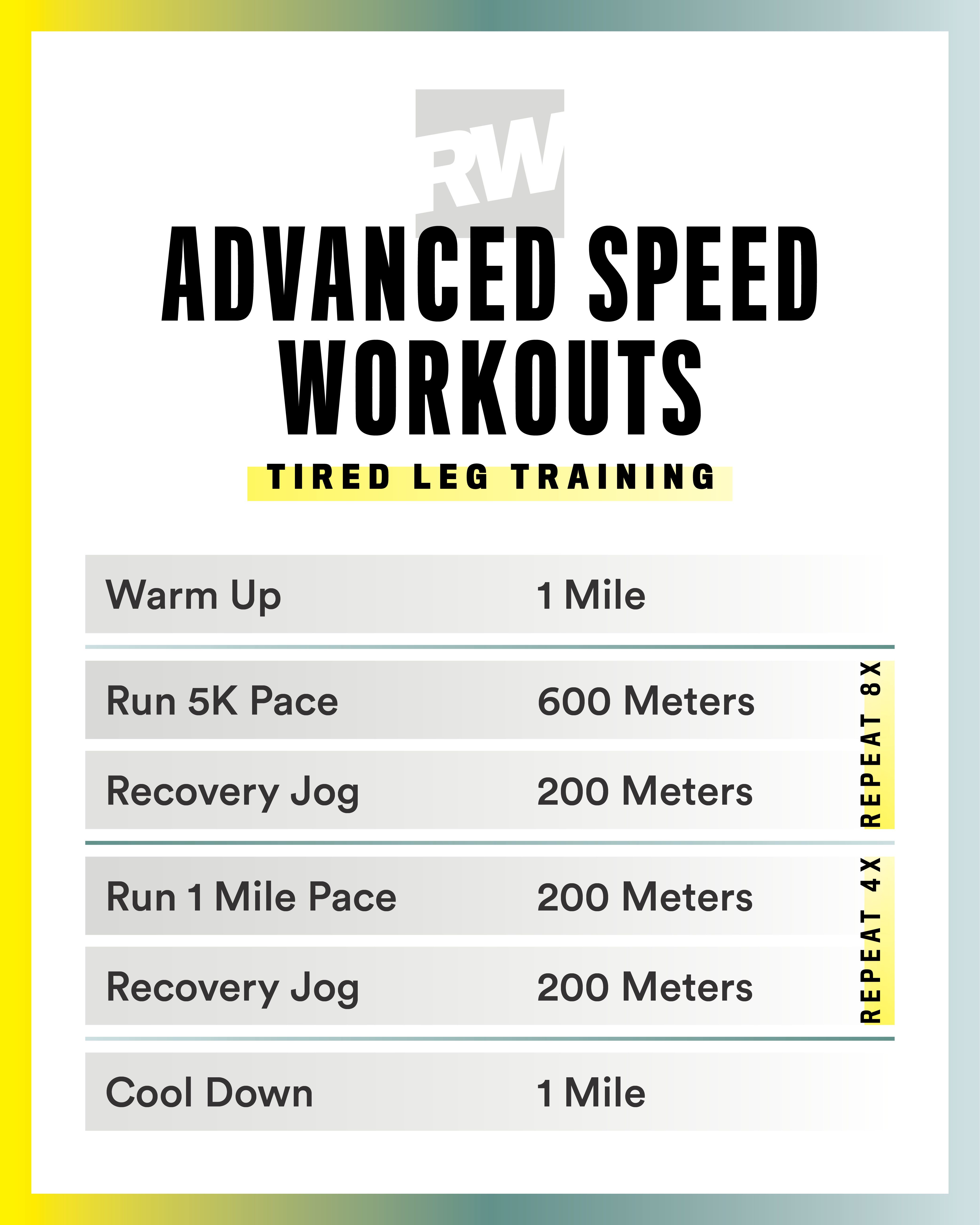Getting Over Pain in Operating: Techniques and Methods That Work
Discomfort is a typical friend for several runners, often acting as an obstacle to accomplishing their desired objectives. However, with the best approaches and strategies, it is feasible to overcome and even stop the pain connected with running. By exploring numerous techniques such as understanding the different kinds of running discomfort, maximizing footwear and form, including cross-training and toughness workouts, carrying out reliable recuperation techniques, and maintaining appropriate nourishment and hydration, joggers can possibly reduce their discomfort and enhance their overall running experience.
Understanding Different Sorts Of Running Pain

One more kind of running pain is joint pain, which can materialize as a sharp or achy pain in areas such as the knees, hips, or ankles (running workout). Joint discomfort might be caused by factors like incorrect running form, overuse, or underlying problems like joint inflammation (useful info). It is very important to set apart between muscle mass soreness and joint pain, as the latter may need medical attention to avoid more injury
Understanding the different sorts of running discomfort is important for effective administration and avoidance strategies to guarantee a risk-free and delightful running experience.
Appropriate Shoes and Running Form
To maximize efficiency and lower the risk of running-related injuries, choosing ideal shoes and keeping proper running type are necessary parts for joggers of all degrees. It is advised to choose running shoes that are particularly created for the person's foot kind, running gait, and the kind of running task they involve in.
:max_bytes(150000):strip_icc()/running-longer-or-faster-31e97070bda14ffc8afdea52094504c7.jpg)
Cross-Training and Toughness Workouts
Stamina workouts, like squats, lunges, and core workouts, play a critical role in supporting muscle mass and improving running efficiency. They can remedy muscle mass inequalities, improve agility, and enhance power output, all of which are important for running performance.
Integrating cross-training and toughness exercises right into a running program should be done tactically. It is essential to permit adequate remainder in between running sessions and cross-training tasks to avoid overuse injuries. Furthermore, focusing on correct form and method throughout stamina workouts is essential to maximizing their advantages and minimizing the threat of injury. By incorporating these aspects into a running routine, joggers can construct a stronger foundation, improve performance, and appreciate an extra sustainable running experience.
Recovery and Rest Techniques
Having actually established the significance of cross-training and strength exercises in an extensive running regimen, focus can now be directed in the direction of Recovery and Rest Methods as important elements for optimizing performance and reducing the threat of injuries. (running strategy)
Recuperation after running is critical for muscle mass fixing and development. Methods such as foam rolling, extending, and massage assistance in reducing muscle mass soreness and improving versatility. Ample remainder between runs permits the body to recover and adjust to the physical stress and anxiety, avoiding overuse injuries.
Incorporating energetic recuperation days into a training timetable, where low-intensity activities like walking or cycling are performed, can enhance blood flow and advertise healing without putting excess strain on the muscles. In addition, appropriate hydration and nourishment play a vital function in the recovery procedure by replenishing shed fluids and nutrients.
Quality rest is an additional vital element of recovery that must not be overlooked. During sleep, the body undertakes repair work and regeneration procedures, adding to general physical and mental well-being. By focusing on healing and remainder techniques, joggers can keep optimal efficiency degrees and lower the likelihood of experiencing discomfort or injuries.
Nourishment and Hydration for Runners
Just how can joggers optimize their efficiency with proper nutrition and hydration practices? Nutrition and hydration are essential facets of a jogger's training routine, playing a vital role in performance, endurance, and recuperation. To enhance efficiency, joggers ought to concentrate on consuming a well-balanced diet that includes carbs, proteins, healthy fats, vitamins, and minerals. Carbohydrates give energy for running, while healthy proteins aid in muscle mass fixing and recuperation. Healthy and balanced fats sustain general health and assistance in soaking up important nutrients. Appropriate hydration is also necessary to preserve ideal performance, as also mild dehydration can negatively impact running performance. Joggers need to consume water prior to, during, and after their go to stay hydrated. Electrolytes, such as salt and potassium, are also essential for maintaining liquid equilibrium and muscle mass feature - running strategy. In addition, timing dishes and treats properly prior to runs can help stop gastrointestinal pain and offer the required energy for peak efficiency. By taking note of their nourishment and hydration, runners can enhance their endurance, speed up healing, and perform at their ideal.
Final Thought
In final thought, by recognizing the different kinds of running discomfort, putting More Bonuses on proper footwear, keeping right running type, incorporating cross-training and toughness workouts, focusing on recuperation and rest, and focusing on nourishment and hydration, joggers can effectively overcome pain and boost their efficiency. Executing these methods and techniques can help runners stop injuries, improve their endurance, and eventually appreciate a more fulfilling running experience.